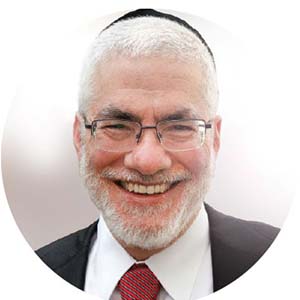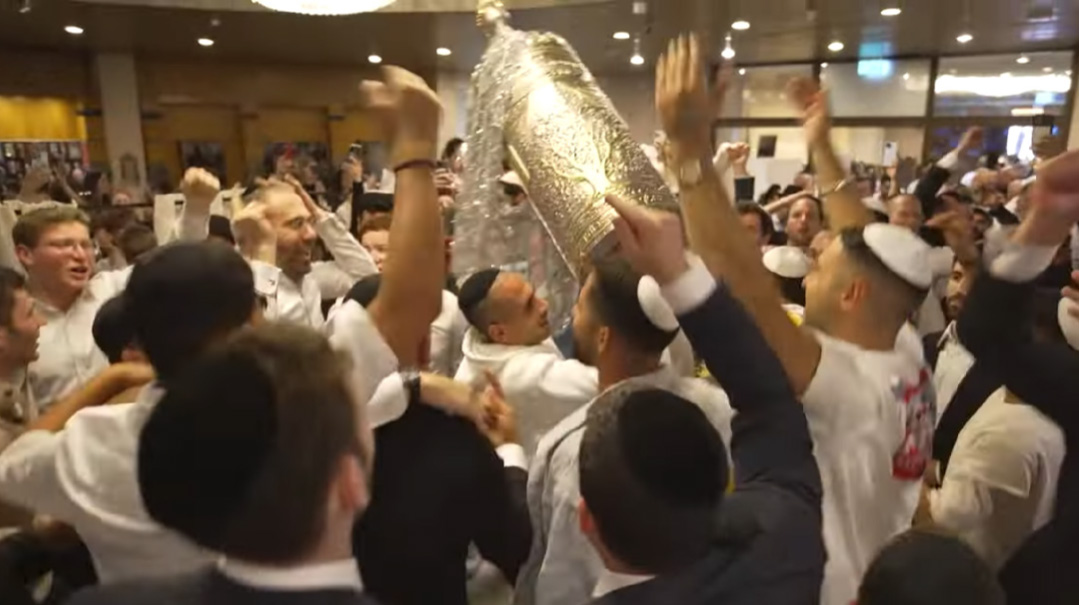What Can William F. Buckley Teach Us?

The conservative movement in Buckley’s day, and perhaps even more so today, was composed of many different schools of thought

Photo: AP Images
The February issue of National Review is a tribute to William F. Buckley Jr., the founder and editor in chief of the magazine over its first 35 years. Matthew Continetti’s piece in that issue, “Up from Kookery,” details Buckley’s efforts to fashion a conservative movement free of anti-Semites and conspiracists. (Continetti deals with the exclusion of anti-Semites at greater length in a Tikvah podcast.) Buckley himself wrote a very long essay titled “In Search of Anti-Semitism” in National Review in 1992, which was subsequently expanded into a book the following year.
In a 1990 interview with the Washington Post, upon stepping down as editor, Buckley listed his greatest achievement as “the absolute exclusion of anything anti-Semitic or kooky from the conservative movement.” Buckley, in Continetti’s telling, found both conspiracizing and anti-Semitism to be both wrong as a matter of fact and a moral failing.
But he had another purpose in mind as well. The success or failure of the American conservative movement, which he sought to bring into being, would depend on its ability to earn respect in the consolidated academic and media apparatus of mid-century America, and that would require that it not be easily dismissed as a collection of bigots and paranoiacs. As Continetti puts it, “only a hygienic conservatism,” cleansed of logical and ethical impurities, could attract young minds and remain durable. Buckley was adamant that the term “intellectual” not become coterminous with liberal.
One of his first targets was the John Birch Society and its wealthy founder Robert Welch, who estimated in 1964 that 50 percent to 70 percent of America had already fallen under Communist control, and charged that Dwight D. Eisenhower, the supreme Allied commander in World War II and former president of the United States, was a “dedicated, conscious agent of the Communist conspiracy.”
The nascent conservative movement that Buckley was creating, however, drew upon the same base the John Birch Society did, and the National Review was deluged with protests against Buckley’s attacks on the John Birch Society and Welch.
In response, Buckley argued that, far from undermining the conservative movement, he was laying the basis for its future expansion. The movement would need to expand if it was ever to govern, and that would require attracting people to “our immediate left.” But “if they are being asked to join a movement whose leadership believe the drivel of Robert Welch, they will pass by crackpot alley, and will not pause until they feel the warm embrace of those way over on the other side, the liberals.”
The first step in his battle to extirpate anti-Semitism from the conservative movement was easy enough. In 1957, he enunciated a policy that no writer whose name appeared on the masthead of the American Mercury, which had cast its lot with anti-Semitism, could appear in the pages of National Review, even if he or she was personally untainted.
But beyond that, it was complicated. As Buckley himself acknowledged, a casual anti-Semitism was part of his patrimony and his strict Catholic education. He remembered crying as a child when not allowed to accompany his older siblings in burning a cross on the lawn of a Jewish neighbor. His talent for friendship, including that with neoconservative intellectuals Norman Podhoretz and Irving Kristol, however, helped him overcome his early prejudices.
Cleansing the National Review of any taint of anti-Semitism required Buckley to jettison some with whom he enjoyed close relationships, including Nixon speechwriter and syndicated columnist Patrick J. Buchanan, and a one-time protégé, literary scholar Joe Sobran. Neither man stood accused of having made offensive remarks about individual Jews or Jews in general. The case against them had to be built block-by-block to demonstrate an unhealthy obsession with Jews.
With respect to Buchanan, that included his knowingly false statement that the only advocates for the first Iraq war were “the Israel Defense Ministry and its amen corner in the United States”; fanning the flames of intercommunal hatred, suggesting that only kids with names like “McCallister, Murphy, Gonzales, and Leroy Brown” who would die in a Gulf war, but no Jews; or calling upon Cardinal John O’Connor to step aside for declaring that the controversy over building a Carmelite convent at Auschwitz was not a battle between Catholics and Jews; derogatory references to Judaism, such as labeling Sabra and Shatila “the Rosh Hashanah massacre”; taking positions with respect to Israel wildly divergent from his general worldview — e.g., accusing Israel of denying Palestinian self-determination and brutally suppressing Palestinian nationalism, while ardently defending white rule in South Africa and such brutal dictators as Pinochet, Franco, and Vorster. (See Joshua Muravchik’s classic “Patrick J. Buchanan and the Jews,” Commentary magazine, January 1991.)
Both Buchanan and Sobran previewed the technique employed by Tucker Carlson of late of “just asking questions” in order to cast doubt on the historical record of the Nazis’ extermination of European Jewry with industrialized efficiency. In doing so, they were playing into the oldest of anti-Semitic tropes — that of world Jewry as one large cabal plotting world domination. For if their questions had any validity, then the mutually reinforcing testimony of hundreds of thousands of survivors — those who experienced the cattle cars bringing Jews to Auschwitz and other final destinations; the Jewish sonderkommandos, who emptied the gas chambers and brought those asphyxiated in them to the crematoria; those forced by the Nazis into excruciating death marches at war’s end, and all those who could name all their family members who were murdered by the Nazis or their local accomplices — was not only to be disbelieved but must have been concocted in some massive secret plot.
ALL VERY INTERESTING, no doubt. But what have Buckley’s struggles to purify an American conservative movement of its most unattractive elements to do with us? The answer is that as both individuals and a community, we are in the same position as Buckley was when he founded National Review in 1955.
His goal was to ensure that conservative ideas were taken seriously by those whom he sought to win over. Similarly, we seek to gain a hearing for Torah Judaism among the vast majority of the world’s Jews, who have never been exposed to the teachings of the Torah. Buckley’s success depended on removing the association of conspiracy theorists and anti-Semitism from the conservative movement.
And our success in attracting Jews with little Torah background depends on removing the obstacles sometimes placed in the path of those engaged in outreach by the behavior of those whose outward appearance identifies them as Torah Jews, but who do not exactly run a kiddush Hashem impact statement on their every behavior. Examples of such behavior include blocking major highways, screaming vile epithets at those whose behavior offends them, throwing stones on Shabbos, or pronouncing with absolute certainty why a particular tragedy occurred.
Over the decade that I ran a media resource organization for journalists in Israel on behalf of Agudath Israel of America, a great deal of my work involved overcoming negative perceptions — i.e., damage control — prior to being able to show the journalists all that is unique and beautiful about the Torah world. Fortunately, at the time, my weekly column in the Jerusalem Post allowed me to reach a large number of non-Orthodox Jews worldwide. My column in Mishpacha is not guaranteed to reach that same target audience. But I hope that my admittedly less frequent efforts at clarification and self-criticism in these pages may have some impact on non-Orthodox Jews by virtue of the fact that those engaged in kiruv — hopefully all of us — can point to those columns in the largest circulation Anglo-Jewish Torah publication as evidence that the views expressed are mainstream.
Taking on this role exposes one to some criticism from those close to home. Many years ago, I wrote a column making fun of a Neturei Karta group that traveled to Iran to offer condolences on the death of Ayatollah Khomeini. My boss at the time (not at Mishpacha) reproached me on the grounds that they were “super-shelanu,” a view that I rejected entirely. That was my effort to distinguish the Torah world from what Buckley termed “kookery.”
AS IMPORTANT AS IT IS for the Torah community to be willing to criticize the behavior of those wearing frum garb, the desire to present a “pure Torah perspective” is in tension with another Torah principle: the Torah world is a “big tent,” and there are 70 faces of Torah.
I might think, for instance, that those exploring Torah Judaism for the first time will be more comfortable with those wearing regular — albeit conservative — business suits than with those dressed in more chassidic garb. But it would itself be a distortion of the Torah for me to speak derisively in any respect of chassidic dress or customs and to portray my own dress and minhagim as representing the true Torah way.
The conservative movement in Buckley’s day, and perhaps even more so today, was composed of many different schools of thought. He never tried to establish a rigid orthodoxy of acceptable conservative thought, and his magazine was open to thinkers representing many different schools. Still, he made clear for the sake of truth, and for the sake of ensuring a hearing for those ideas to which he sought new adherents, that there are views and behaviors that are beyond the pale. And so must there be for us.
(Originally featured in Mishpacha, Issue 1050. Yonoson Rosenblum may be contacted directly at rosenblum@mishpacha.com)
Oops! We could not locate your form.







